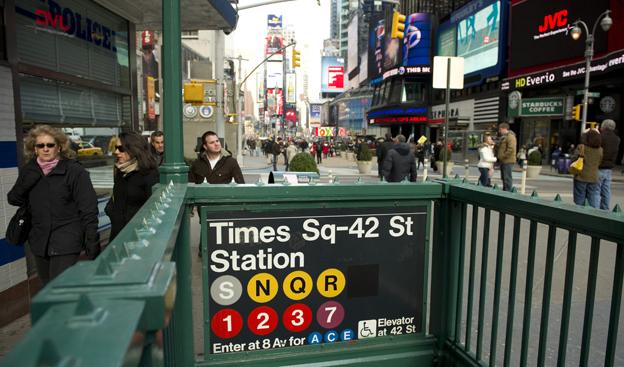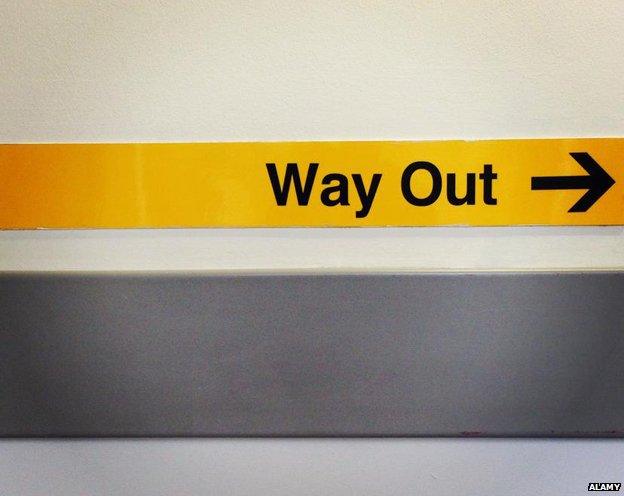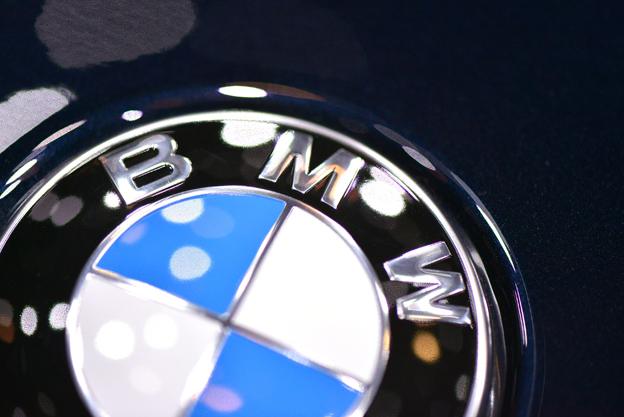Helvetica: How did one typeface conquer the world?
- Published

Mike Parker who helped popularise Helvetica died this week. You won't find a graphic designer who isn't familiar with the typeface (released in 1957 under its original name Neue Haas Grotesk). But Helvetica is one of the most well known typefaces among non-designers, too. Why is that asks graphic designer David Airey.
Many people attribute its popularity to Apple, and Steve Jobs' decision to incorporate Helvetica into the Apple operating system. But the typeface had already joined the halls of design classics long before computers were on the scene.
Swiss designers Emil Ruder (1914-1970) and Armin Hofmann (born 1920) were on the faculty at the Basel School of Design, and it was their teachings that gave rise to the Swiss Style of design during the 1950s and 60s. Ruder was the typography instructor, placing great importance on the use of sans-serif typefaces. He taught that type loses its purpose when it loses its communicative meaning; therefore, legibility and readability are main concerns. "Typography has one plain duty before it and that is to convey information in writing," he said. The even and almost homogenous form of Helvetica (Latin for Swiss) aligned well with the school's typographical philosophy.
Not long after Helvetica's release, students from the Basel School of Design spread the typeface's merits to the US when they returned to Yale and other American schools (Mike Parker graduated from Yale with a Masters in design).
It might now have a love/hate relationship among graphic designers, but that's generally more to do with its misuse, placed in the wrong surroundings, rather than any fault with the typographical design. For example, choosing Helvetica for a logo in order to distinguish a company within its marketplace isn't going to work given the ubiquity of the typeface. With a clean, professional, and what can today be called "safe" appearance, it's easy to understand why committees in large companies have previously reached consensus on Helvetica's use. International brands from BMW and American Airlines to Lufthansa and Panasonic have adopted the design in their logos.
German designer Dieter Rams - famous for his classic Braun product designs - believes that good design is unobtrusive and long lasting.
That's Helvetica.




Follow @BBCNewsMagazine, external on Twitter and on Facebook, external